Weeds & Invasive Plants
All Weeds & Invasive Plants Content
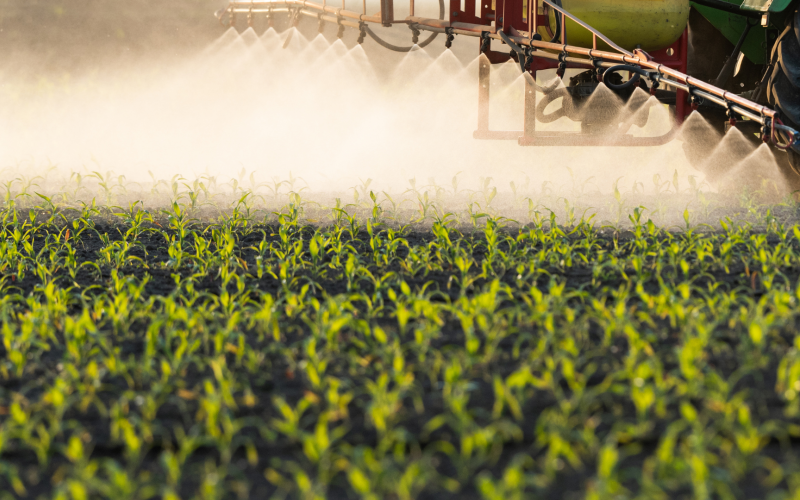
While Illegal in Tolerant Soybean, Dicamba Can Still Be Applied in Other Crops
While dicamba labels (i.e., Engenia, Tavium, and Xtendimax) for over-the-top applications for tolerant soybeans have been pulled for the 2025 growing season, the herbicide can still be applied in other crops. Below is a guideline for dicamba use in various crops.
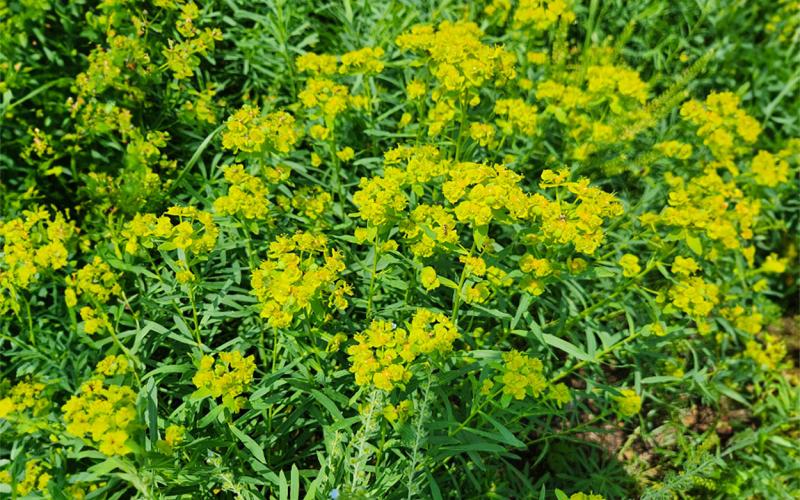
Effects of 2,4-D with and without wiper-applied glyphosate on leafy spurge (Euphorbia esula) treated-shoot, shoot regrowth, and root biomass
Fact sheet on the effects of 2,4-D with and without wiper-applied glyphosate on leafy spurge.
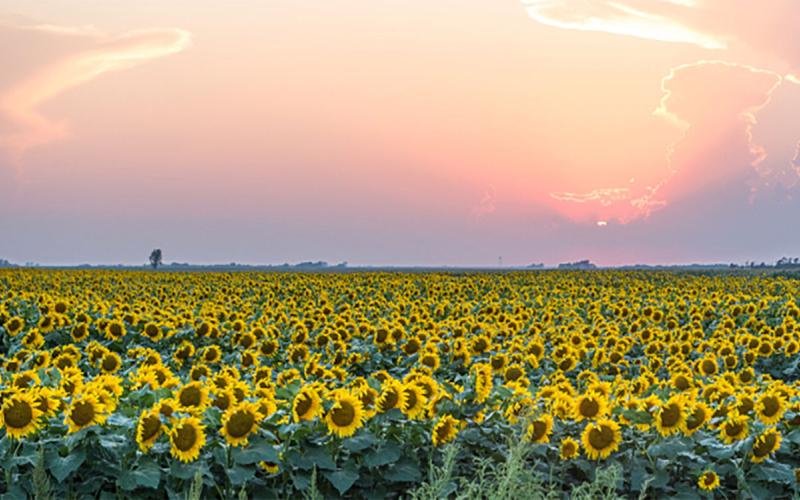
Sunflower Weed Management
Weed management can be particularly challenging in sunflowers.
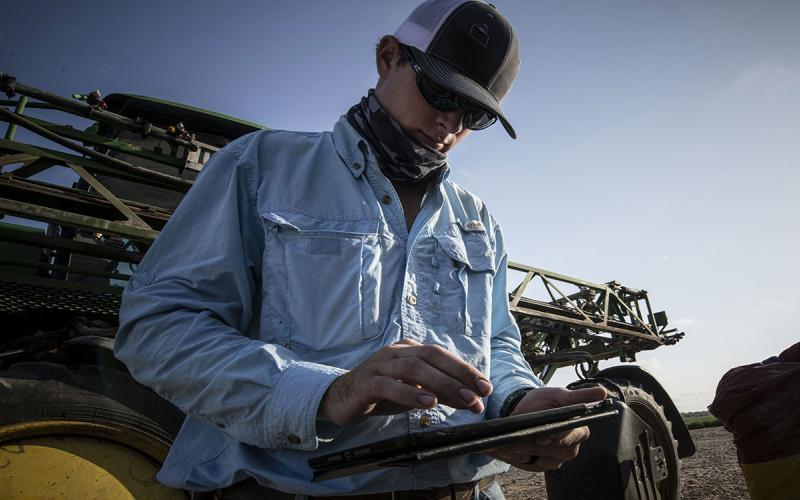
Over-The-Top Dicamba Applications Are Not Legal in Soybean for 2025
The registration for dicamba labels for over-the-top applications in tolerant soybeans have been pulled for the 2025 growing season. Many producers are aware of the situation, but planning weed management strategies should start today.
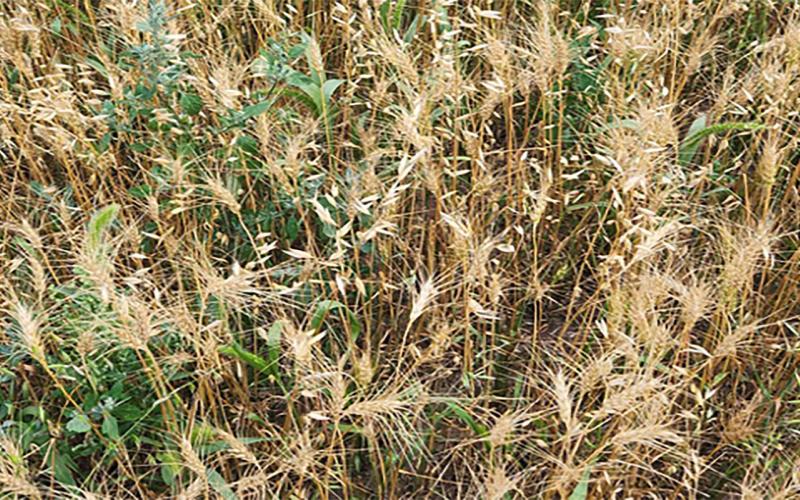
Weed Control Field Test Data
Data books to use as a reference to select appropriate herbicide(s) for row crops

Identification and management of common cocklebur
Fact sheet to help identify and manage common cocklebur.
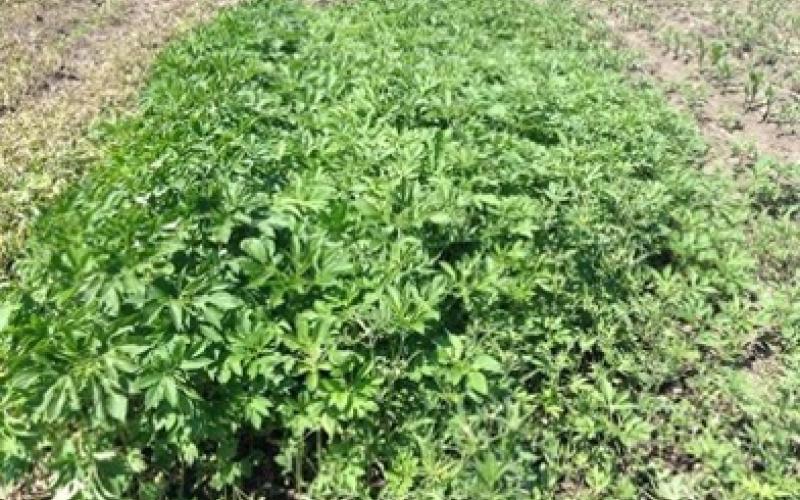
Identification and management of common ragweed and giant ragweed
Fact sheet to help identify and manage common ragweed and giant ragweed.
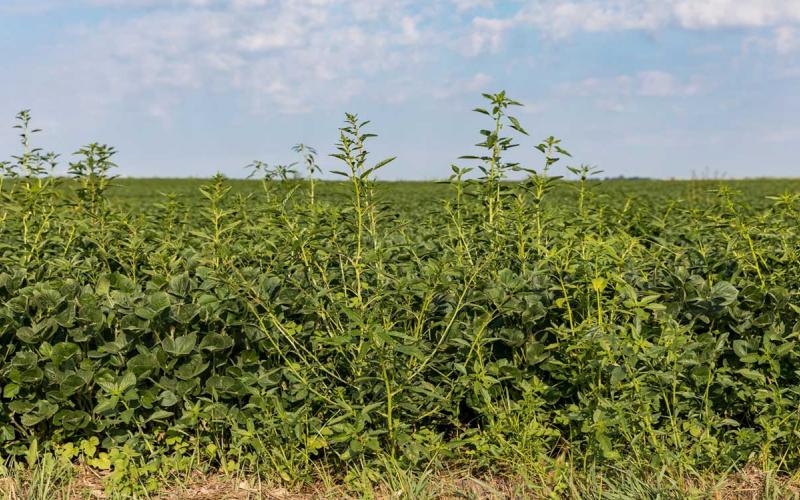
Enlist One (2,4-D) and Liberty (Glufosinate) Applied Alone or Mixed During the Day and Night: Weed Control and Soybean Yield Implications
Fact sheet on the research done to determine weed control effectiveness with Enlist One and Liberty alone and tank mixed when applied during the daytime and nighttime.

South Dakota Pest Management Guides
The South Dakota Pest Management guides are now available for free. The guides offer recommendations for controlling weeds, insects, and diseases in a variety of South Dakota crops.
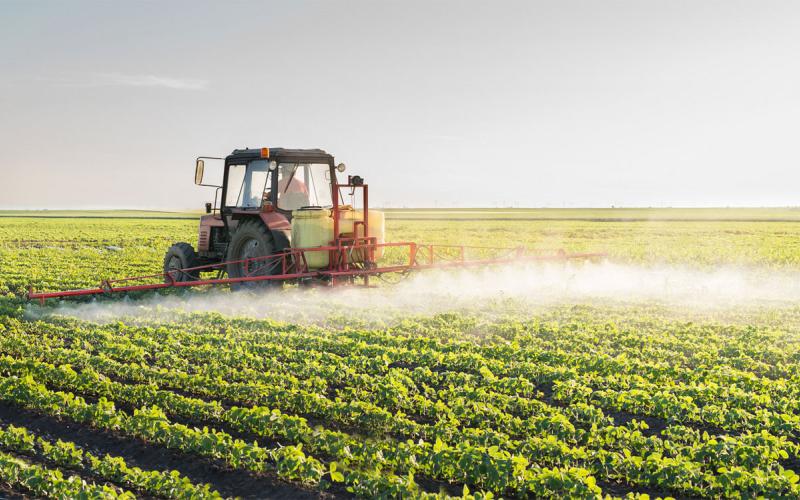
Current State of Row Crop Weed Management in South Dakota
Results of an online survey to determine how South Dakota stakeholders are currently managing row crop weeds.